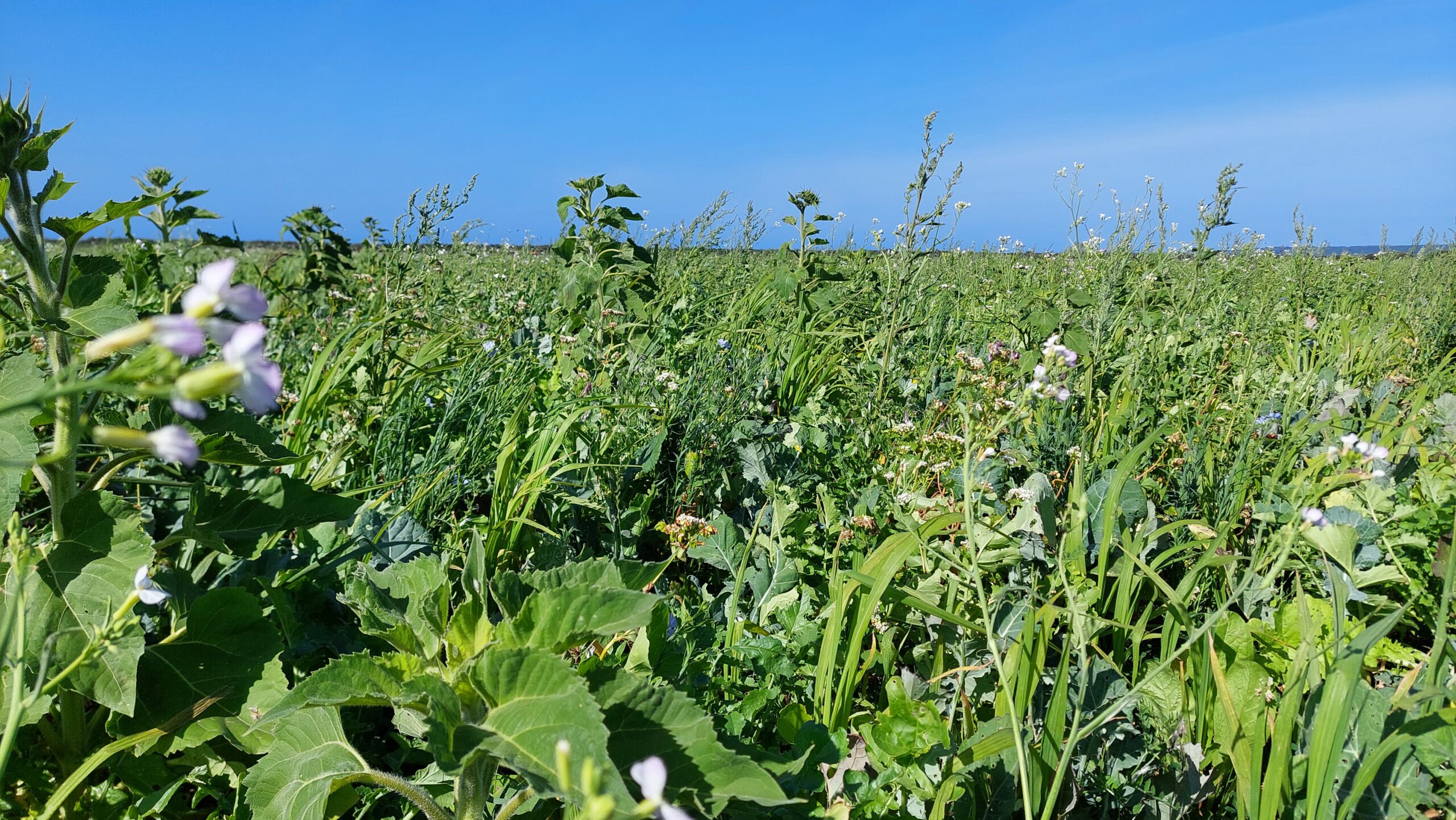
Multispecies Coaching Project
Through multiple recent sustainable agriculture projects, we’ve identified there is strong interest in growing multispecies pastures in South Gippsland. However, as this is a new practice for many, there was

Through multiple recent sustainable agriculture projects, we’ve identified there is strong interest in growing multispecies pastures in South Gippsland. However, as this is a new practice for many, there was
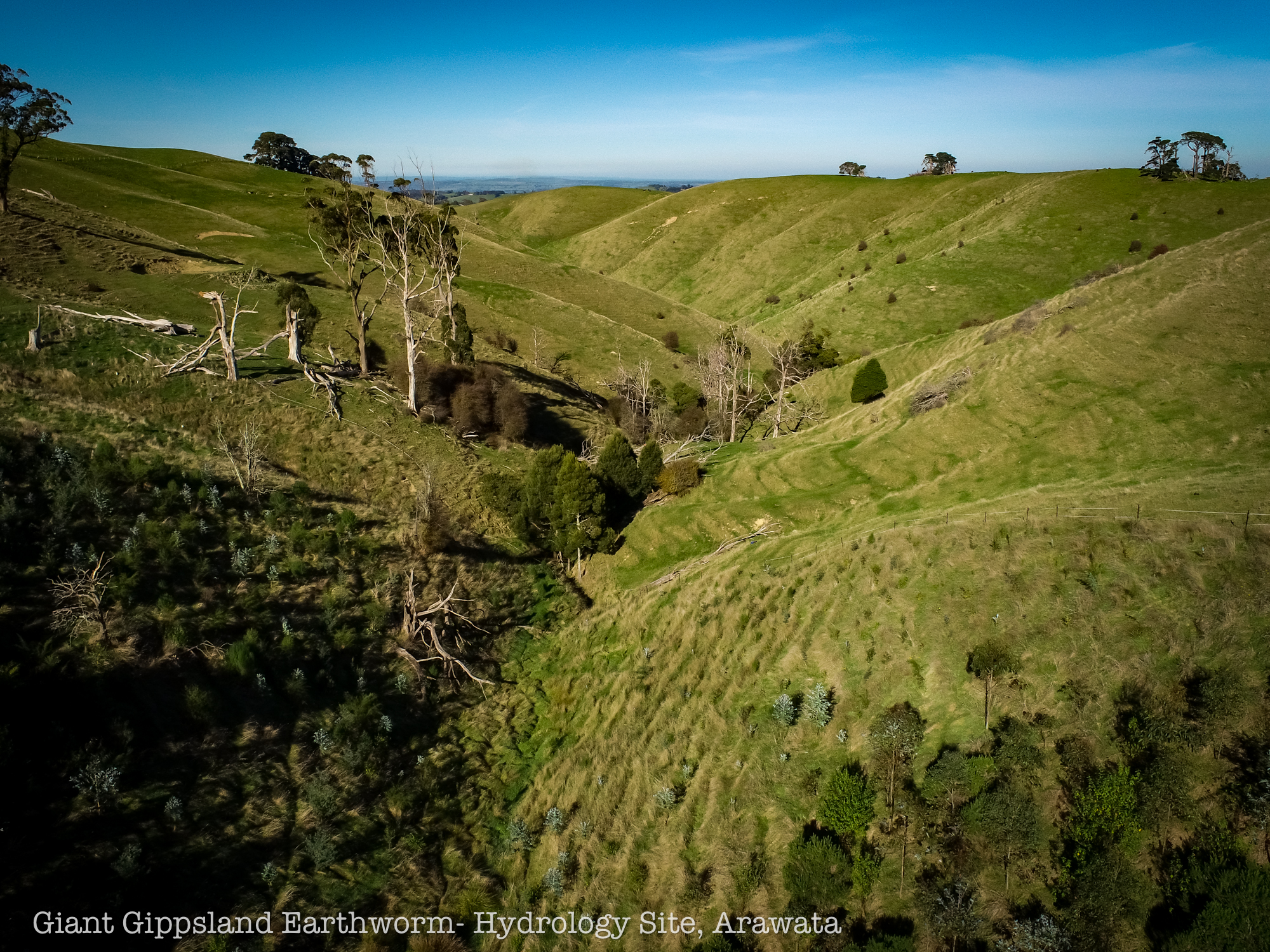
SGLN is working with this new giant Gippsland earthworm (GGE) project with a consortium of local organisations; Gippsland Threatened Species Action Group, Bass Coast Landcare Network, Invert-Eco Terrestrial Invertebrate Consulting,
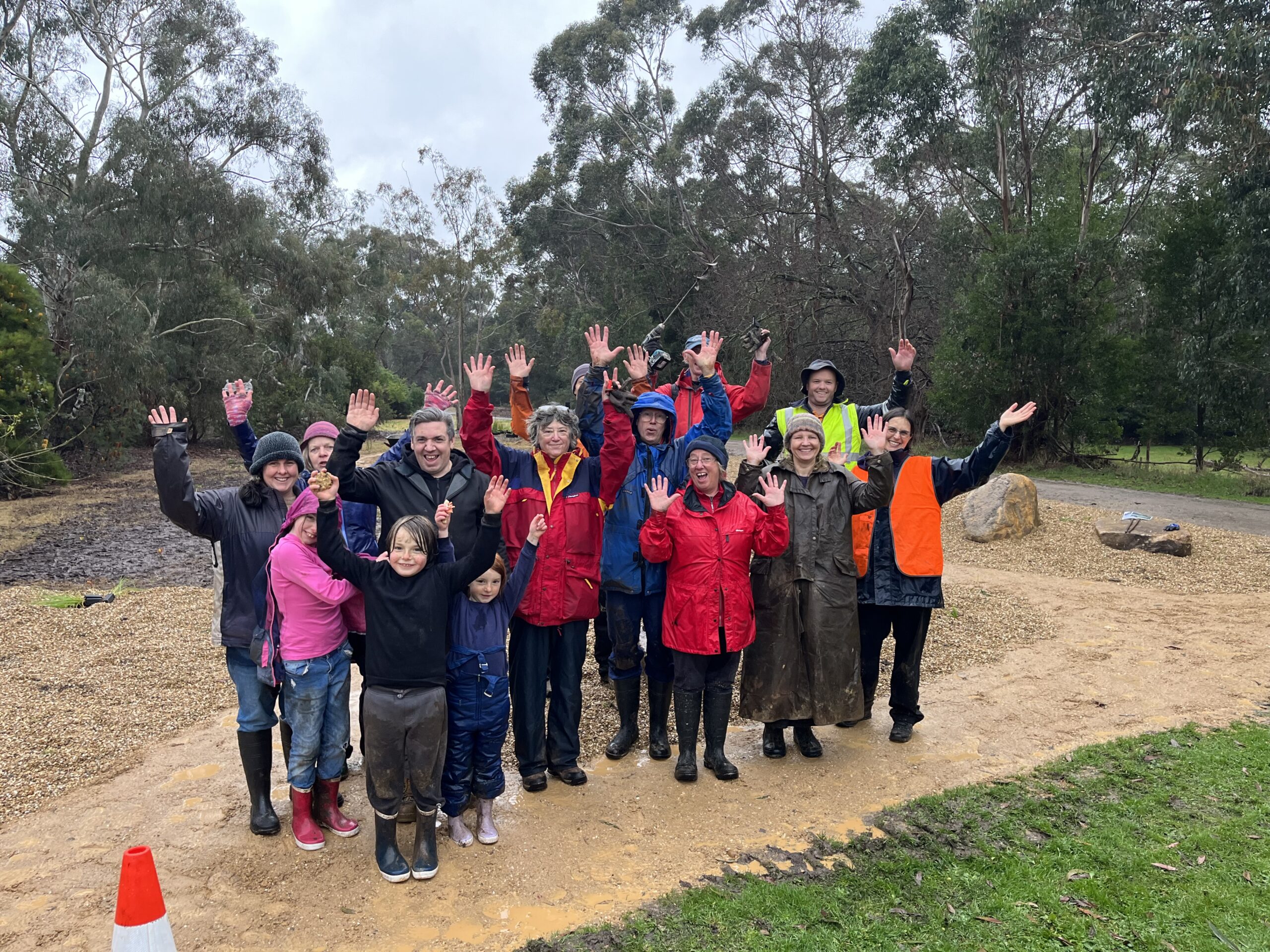
The Fire Wise project aims to improve, share, test and demonstrate our understanding of how numerous species of indigenous plants can be retained or planted in strategic locations around the

The first crucial step in developing a Biodiversity Protection Plan for South Gippsland was to identify and map the existing records of flora, fauna, and other natural values. In August
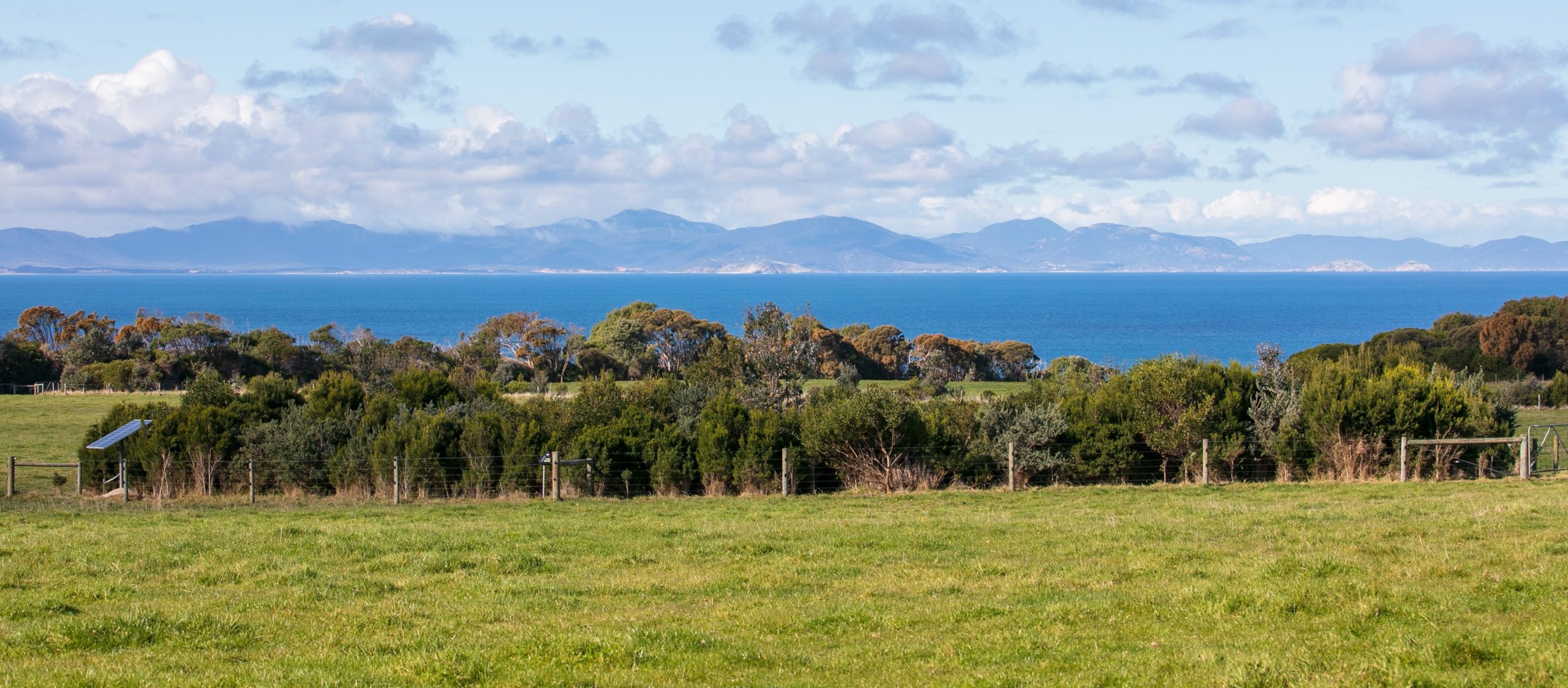
In this project, SGLN is looking at the costs and benefits of three different dam management strategies on a farm at Cape Liptrap. This includes a fully fenced and revegetated
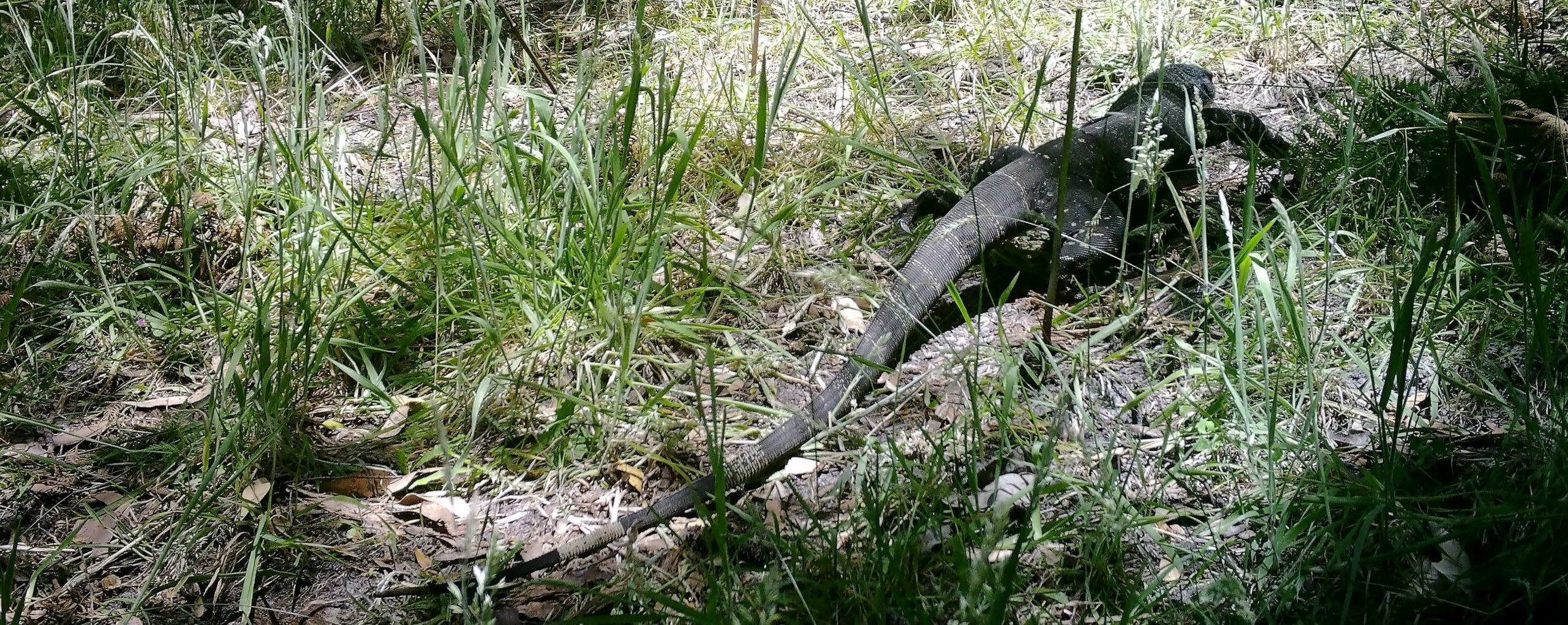
South Gippsland’s native wildlife are under threat from pest animals, either from predation, or competition for or destruction of habitat. However, many private landholders aren’t aware of the wildlife species
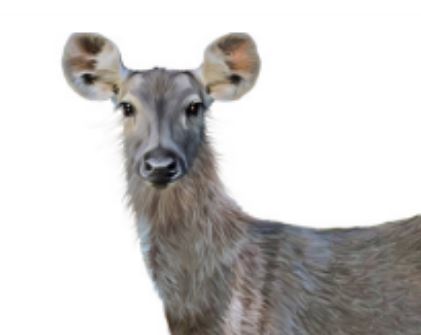
Partners: Corner Inlet Landcare Group, Tarwin Landcare Group, Fish Creek Landcare Group, Victorian Deer Control Community Network, National Feral Deer Action Plan Coordination Team. Funding: Staff and volunteer time, Victorian
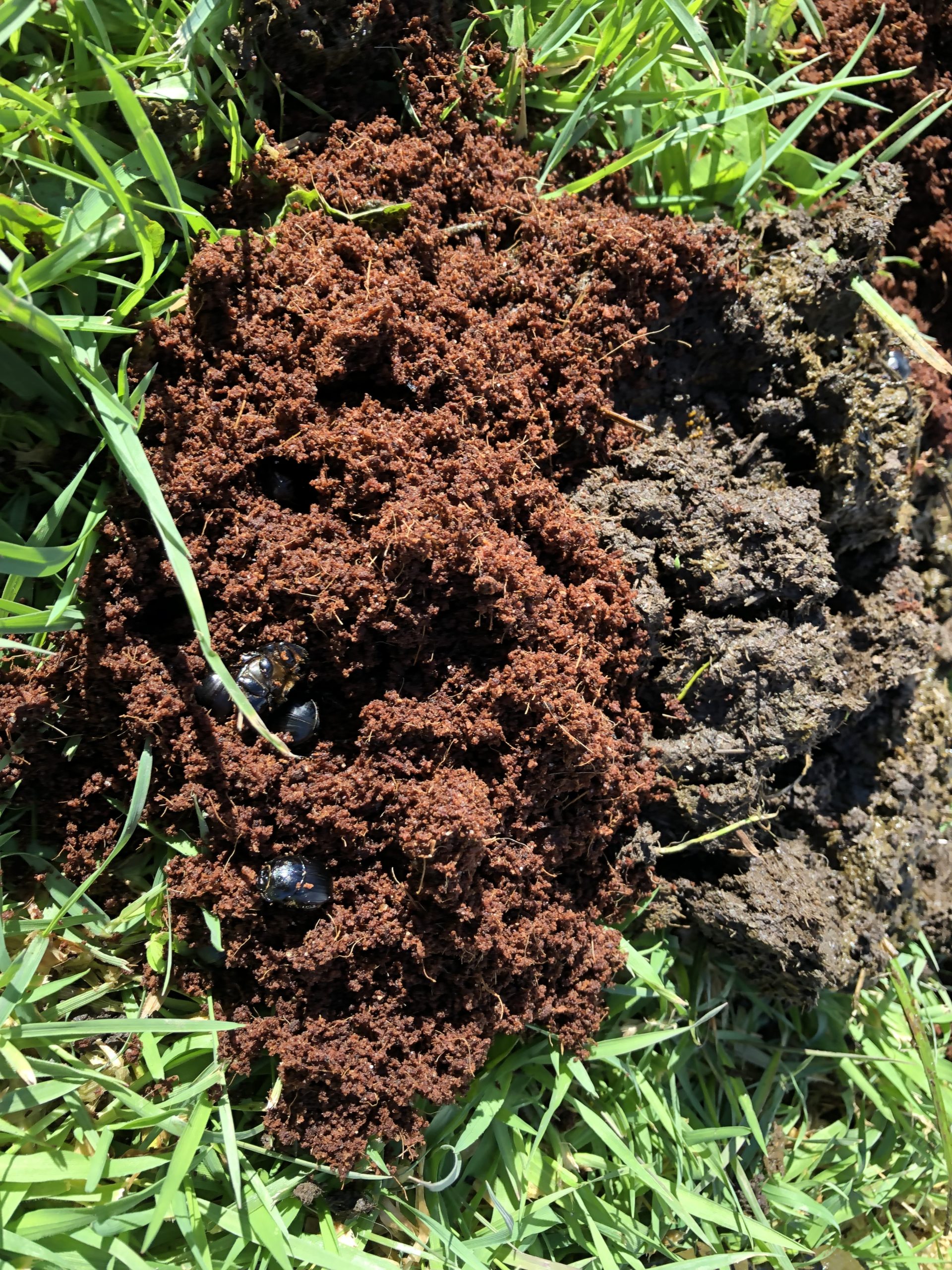
Dung beetles dig tunnels in the soil underneath cow pats and line these tunnels with dung, removing it from the surface. This prevents the dung’s high levels of nitrogen and phosphorus from